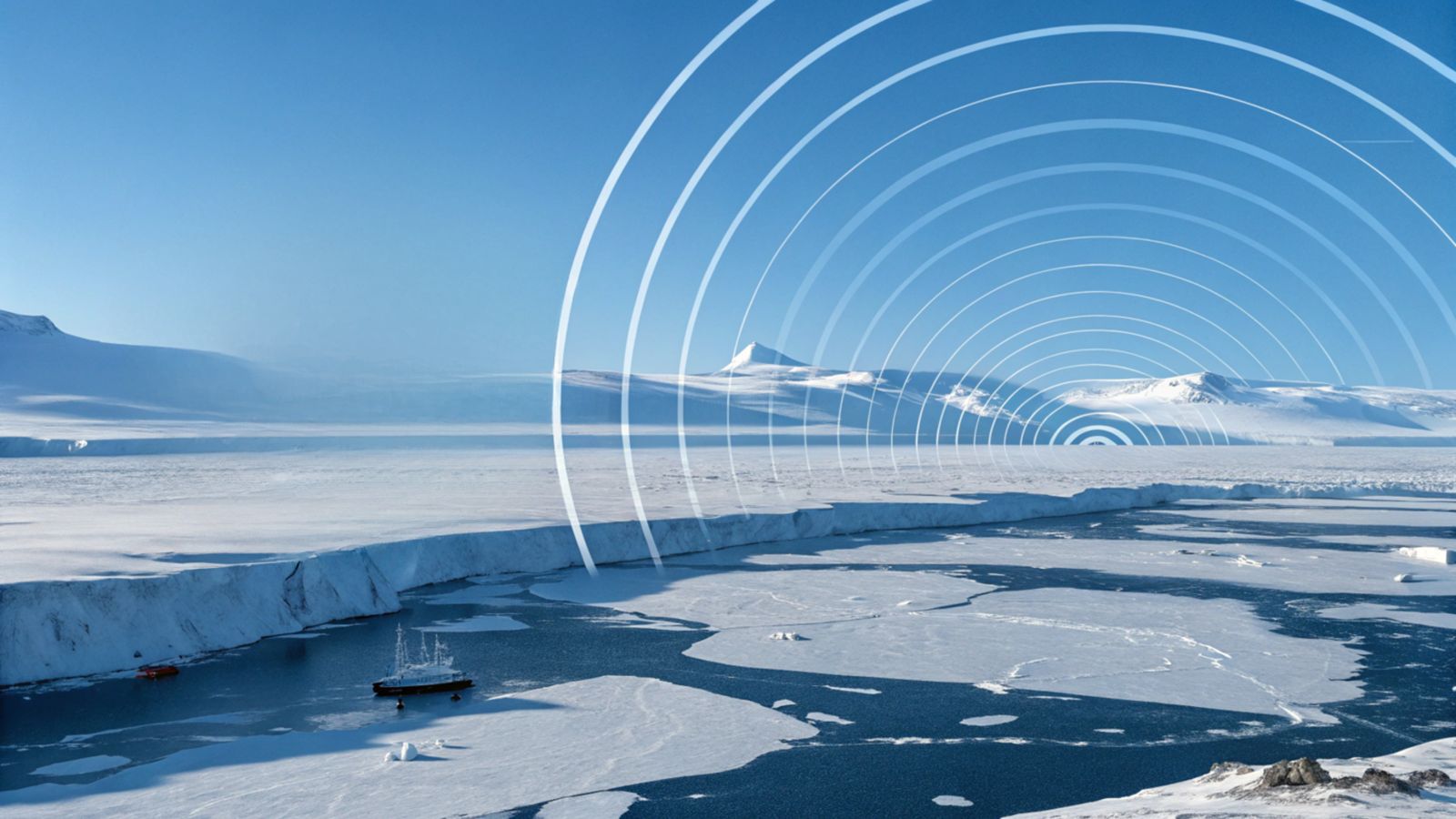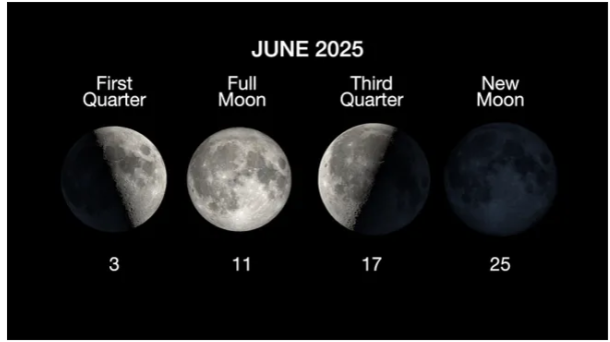Scientists have achieved a milestone by establishing communication with whales for the first time,
marking a significant leap forward in our understanding of interspecies interaction.

Whales are among the most intelligent and social animals on the planet, but their communication
has long been a mystery to us. How do they use their clicks, whistles, and songs to convey
information, emotions, and intentions? Do they have a language that we can understand and even
respond to? These are some of the questions that a team of researchers from the SETI Institute, UC
Davis, and the Alaska Whale Foundation are trying to answer with their project Whale-SETI.
Whale-SETI is an ambitious and innovative attempt to communicate with humpback whales, one of
the most intelligent and vocal animals on Earth. Humpback whales produce complex songs and
social calls that vary across regions and seasons, suggesting that they have a rich and dynamic
culture. But what do these sounds mean? And can we learn to understand them?
The scientists have been researching the communication systems of humpback whales with the aim
of creating intelligence filters for the search for extraterrestrial intelligence (SETI). They believe that
by learning how to communicate with another intelligent species on our planet, we can better
prepare for the possibility of encountering one beyond it.
In a recent paper published in the science journal PeerJ, the researchers describe a remarkable
encounter with a humpback whale named Twain, who responded to a recorded humpback ‘contact’
call played into the sea via an underwater speaker.
Twain encircled the team’s boat, adopting a conversational tone in response to the whale ‘greeting
signal.’ Throughout the 20-minute interaction, the whale acknowledged every playback call,
demonstrating his attentiveness by aligning with the interval variations between each signal, thus
indicating his active effort to communicate.

Position and behavior of Twain during the playback trial, with the position of the boat and the placement of
hydrophones and speakers indicated. A fluke ID shot of Twain was captured during the interaction. Image
credit: McCowan et al.
The researchers believe that this is the first such communicative exchange between humans and
humpback whales in the humpback ‘language’. They hope that this will open up new avenues for
exploring non human intelligence and interspecies communication
“Humpback whales are extremely intelligent, have complex social systems, make tools – nets out of
bubbles to catch fish -, and communicate extensively with both songs and social calls,” said
coauthor Dr. Fred Sharpe of the Alaska Whale Foundation.
“Because of current limitations on technology, an important assumption of the search for
extraterrestrial intelligence is that extraterrestrials will be interested in making contact and so target
human receivers. This important assumption is certainly supported by the behavior of humpback
whales,” said Dr. Laurance Doyle of the SETI Institute, another coauthor of the paper.
The researchers plan to continue their Whale-SETI project by developing more interactive playback
experiments and using information theory to quantify the complexity and structure of humpback
whale communication. They also hope to collaborate with other scientists who are working on
decoding the languages of other cetaceans, such as sperm whales and dolphins.
By talking to whales, we may not only learn more about these amazing animals, but also about
ourselves and our place in the cosmos.
Credit: earthlymission.com








 Photographer Finds Locations Of 1960s Postcards To See How They Look Today, And The Difference Is Unbelievable
Photographer Finds Locations Of 1960s Postcards To See How They Look Today, And The Difference Is Unbelievable  Hij zet 3 IKEA kastjes tegen elkaar aan en maakt dit voor zijn vrouw…Wat een gaaf resultaat!!
Hij zet 3 IKEA kastjes tegen elkaar aan en maakt dit voor zijn vrouw…Wat een gaaf resultaat!!  Scientists Discover 512-Year-Old Shark, Which Would Be The Oldest Living Vertebrate On The Planet
Scientists Discover 512-Year-Old Shark, Which Would Be The Oldest Living Vertebrate On The Planet  Hus til salg er kun 22 kvadratmeter – men vent til du ser det indvendigt
Hus til salg er kun 22 kvadratmeter – men vent til du ser det indvendigt  Superknepet – så blir snuskiga ugnsformen som ny igen!
Superknepet – så blir snuskiga ugnsformen som ny igen!  Meteorite That Recently Fell in Somalia Turns Out to Contain Two Minerals Never Before Seen on Earth
Meteorite That Recently Fell in Somalia Turns Out to Contain Two Minerals Never Before Seen on Earth  Nearly Frozen Waves Captured On Camera By Nantucket Photographer
Nearly Frozen Waves Captured On Camera By Nantucket Photographer  It’s Official: Astronomers Have Discovered another Earth
It’s Official: Astronomers Have Discovered another Earth 
9zkmbm
h1pr93
mzxygk